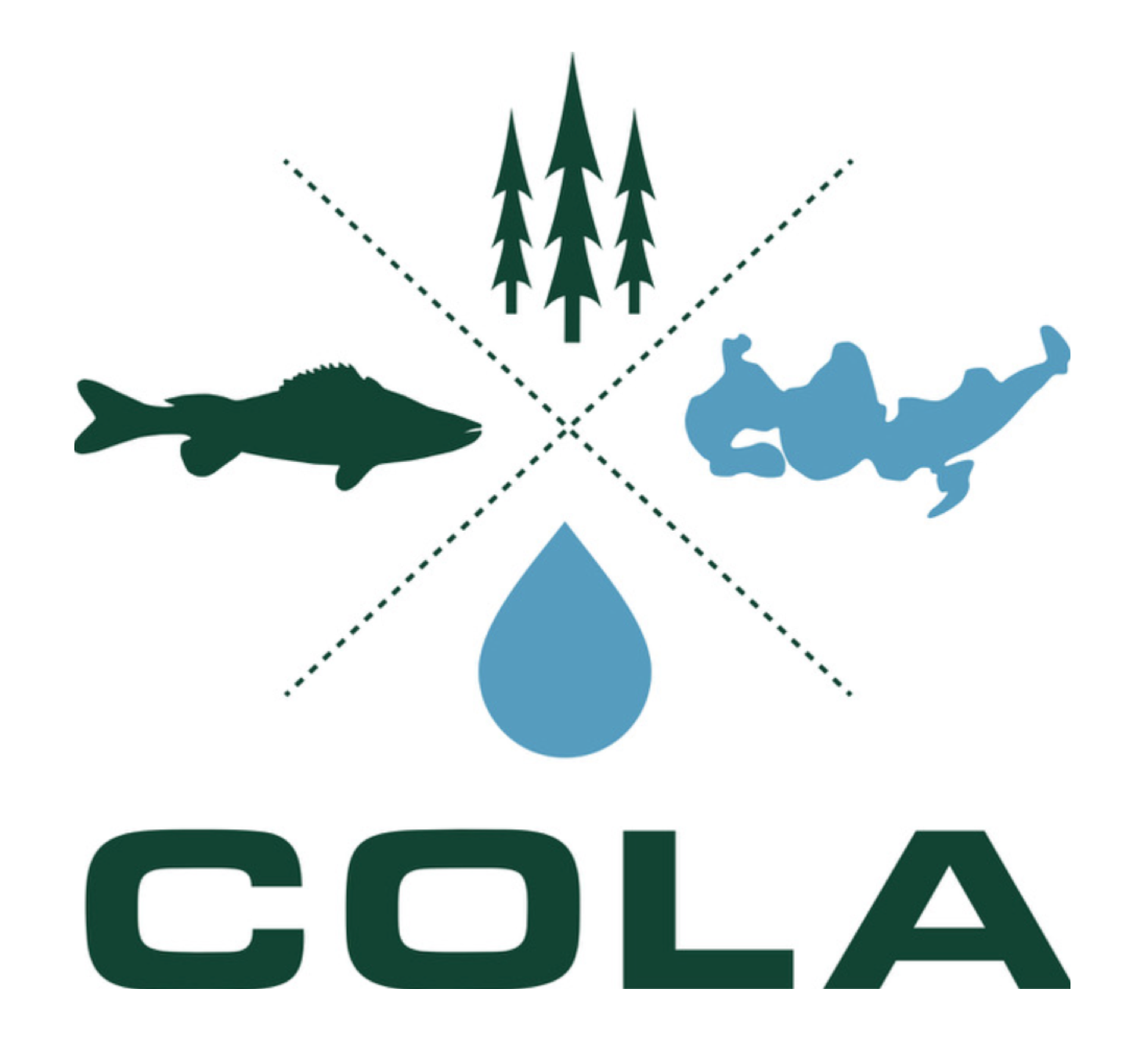SHORELAND BUFFER PROJECTS
Shoreline protection relies on buffer zones as the way to both beautify waterfront properties and to protect them from damaging wind and rain as well as run-off from driveways, rooftops, walkways, and other hard surfaces. Even runoff from the road that goes by your property and from surrounding properties affects erosion and more importantly, what happens to the water in front of your home. For example, property owners on LCO and other lakes across the region are all too familiar with increased weed growth—invasive plant species—around their docks and swimming areas, in part of result of fertilizers (even the “good kind”). Strategic plantings and other buffers can reduce this “weed feed” by dramatically reducing runoff. The general rule—whether runoff is coming from your own property or around you--is that if it makes your yard green, it makes the lake green.
Shoreland Survey
Where should riparian buffer management efforts be focused around Big and Little Lac Courte Oreilles? To answer this question, COLA, with the assistance of Kara Fitzpatrick (Indiana University, School of Public and Environmental Affairs) assessed and prioritized buffer zones of Lac Courte Oreilles using geographic information systems (GIS).
The goal was to create and open parcel map with GPS tracking. Then record the following parameters from a boat:
– Photograph/erosion photograph
– Slope (flat, moderate, steep)
– Shoreline component (sand, vegetation, lawn, etc.)
– Distance inland of vegetation (0-30 feet)
This was followed up by mailing surveys to randomly selected addresses on shoreline.
More about the results from the project here and here.
Note: Although significant care has been exercised to produce maps that satisfy mapping accuracy standards, these maps are only as accurate as the source data from which they were compiled. These maps are intended to be advisory and are NOT designed or intended to be used as a substitute for an accurate field survey, as performed by a Registered Land Surveyor, to determine precise property location. By clicking the on the photo, you are agreeing that you understand the aforementioned statement.
Wetland & Shoreline Habitat Restoration Grant
In 2014, COLA applied for a Wetland & Shoreline Habitat Restoration Grant from WDNR to help property owners improve their shoreline. The grant provided 75 percent of funds, given matching funds of 25 percent from the lake association or group. Kris Sivertson, COLA's president at the time and a landscape architect, developed the project plans for COLA’s grant application. The grant allowed COLA to develop restoration plans and designs, make bulk plant purchases, and arrange construction and installation services from area landscapers.
Shoreland Restoration - Broken Arrow Condominium Association
As one example of the accomplishments from the Wetland & Shoreline Habitat Restoration Grant, the shoreline of the Broken Arrow Condominium Association (BACA) was completely refurbished.
In 2017, owners of the BACA cabins finished a major shoreline restoration project that began back in November 2016. The shoreline was seriously damaged, after years and years of neglect, with the ultimate blow dealt in the July 2016 storm when many trees went down in straight line winds.
Gary Larson, BACA vice-president and a 20-year resident, said, “Most recently the high water levels and wind, wave and boat traffic, have all taken a toll. When the trees on the shoreline fell, huge rootballs formed on the shoreline and there was severe tree damage to most of the cabins on the property.
BACA shoreline - before restoration
Beginning in mid-February 2017 rock riprap was placed along 200 feet of the BACA shoreline. Then, in early May Envirolok bags were filled onsite with the soil/compost for the plants and placed in conjunction with the rock riprap. The bags are woven into an interlocking wall unit where native plants can develop extensive root systems that grow through the bag. Extensive planting of carefully chosen native plants, mulching and installation of an irrigation system followed. The total cost was about $66,000 with BACA paying nearly $22,000 of that and a Wisconsin DNR grant paying the remainder.
BACA shoreline - after restoration
RELATED STORIES IN SHORT EARS, LONG TALES
Issue 3 COLA takes another giant step in stewardship’
Issue 10 'Shoreland residential water management 101'
Issue 15 'And the stars shine brightly on Lac Courte Oreilles’
Issue 16 'The Land Trust Movement Led by CWRLT'
Issue 21 'Broken Arrow Shoreline and Cabins Get Facelift'
Issue 37 ‘Shoreline Zoning Changes’
Issue 51 ‘Riprap is Not the Answer’




